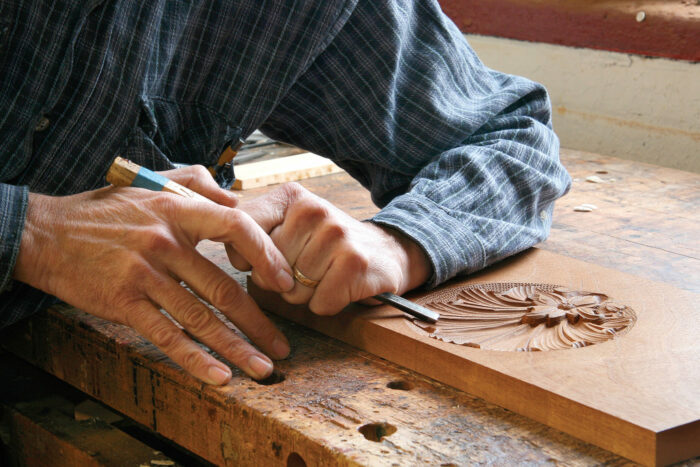Joinery, the craft of connecting timber to create furniture and structures, stands as a beacon of human creativity and skill. This guide dives into the world of joinery craftsmanship, celebrating the precision and artistry that transforms wood into intricate masterpieces.
The Quintessence of Joinery: Mastering Woodcraft
Joinery transcends mere trade; it’s a form of artistic expression. This craft hinges on an understanding of wood’s nature – its grain, texture, and how these elements interplay to forge strong, lasting, and visually appealing constructs. The quintessence of joinery resides in its details: the meticulous cuts, the snug fits, and the seamless joints that hallmark the excellence of the final piece.
Apprentices in this field often embark on their journey with straightforward projects, learning to value the characteristics of various woods. With progress, their work evolves in complexity, mirroring their growing command over this organic material. Through years of practice and dedication, joiners forge a profound bond with their craft, treating every timber piece with respect and insight.
 The Regional Flavour: Honouring Local Techniques
The Regional Flavour: Honouring Local Techniques
Each locality bears its distinct joinery style, shaped by cultural influences, available resources, and historical methods. For example, a Shrewsbury joinery company may be renowned for practices handed down across generations, marrying traditional craftsmanship with contemporary aesthetics. These regional distinctions lend an exclusive charm to joinery, transforming each piece into a narrative of its area’s legacy.
In hamlets and boroughs, local joiners are often sought after for custom furniture creations or restorations. Their expertise in regional wood types and time-honoured techniques is crucial in maintaining the architectural essence of historical edifices. This deep-seated community connection sets local joinery apart, imbuing it with a unique significance.
The Evolution of Joinery: A Modern Interpretation
In contemporary times, joinery has embraced technological advancements, allowing for more intricate and precise designs. However, the heart of this craft remains rooted in traditional skills and knowledge. Modern joiners blend these age-old techniques with cutting-edge tools, creating pieces that are both innovative and steeped in history.
This evolution is not just about new tools and methods; it’s also about sustainability. Today’s craftsmen are increasingly mindful of their environmental impact, choosing responsibly sourced materials and adopting practices that minimise waste. This shift towards eco-consciousness ensures that the art of joinery not only preserves tradition but also respects and protects our natural world.

The Personal Touch: Custom Joinery for Your Space
One of the most delightful aspects of joinery is the ability to tailor-make pieces to fit individual tastes and spaces. Whether it’s a bespoke bookshelf, a custom-built kitchen, or a one-of-a-kind piece of furniture, joinery allows for personal expression through wood. Working with a joiner, clients can bring their visions to life, choosing from a range of woods, finishes, and designs.
This personal approach extends beyond mere aesthetics. Custom joinery can maximise space efficiency, provide unique storage solutions, and enhance the functionality of a home or office. Each custom piece not only adds beauty but also reflects the individuality of its owner, making it more than just furniture – it becomes a part of their personal story.
Joinery is a craft that beautifully melds tradition with innovation. From the regional flair of local techniques to the personalised approach of custom projects, joinery offers a unique way to celebrate and preserve the art of working with wood. Whether admiring the work of a local craftsman or commissioning a bespoke piece, the world of joinery invites us to appreciate the enduring beauty and functionality of wood, crafted with skill and care.
